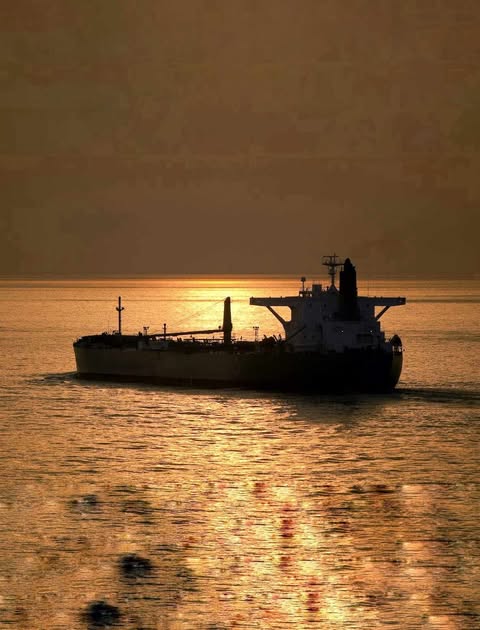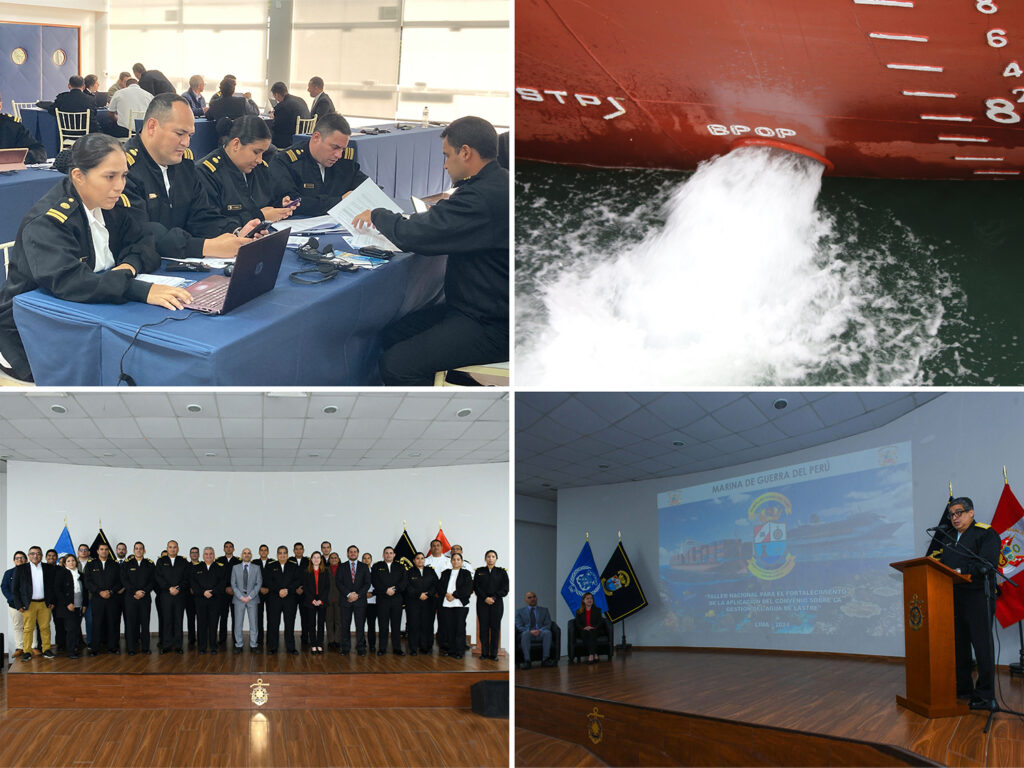The amount of smuggled oil is estimated at about 350 million barrels ,about $ 20 billion during the first nine months of this year.
A fleet of “dark vessels” linked to clandestine oil trading from Iran and Russia is producing a small country’s worth of previously uncounted carbon emissions
Shadow fleet
It is noteworthy that known as the “shadow fleet. where Two oil tankers approach each other in parallel at sea, then one transfers its cargo to the other. The two tankers have no insurance or official paperwork for the oil being exchanged.owing to reason is that they are part of a shadowy Iranian fleet
Circumvent international sanctions
The purpose of creating the shadow fleet is to circumvent international sanctions, especially American sanctions, in order to continue selling crude oil in international markets, without actual oversight, and outside the usual commercial frameworks, by transporting it using old ships that lack even maintenance.

Oil smuggling activity
The scene of oil tankers belonging to the shadow fleet has been repeated many times in the waters of the Gulf, which has drawn the attention of international observers, especially after the huge environmental accidents caused by oil leakage from these tankers while being loaded from one ship to another. This has prompted Iran to intensify its oil smuggling activity in other “safe places.”
Read The Big Take: Exclusive Bloomberg analysis of nearly five years of satellite images show how billions of dollars of sanctioned Iranian oil are flowing annually to China.
🔗🛢️🚢: https://t.co/KmAXyubeqp pic.twitter.com/uHPEGMfap2
— Bloomberg Graphics (@BBGVisualData) November 20, 2024
Bloomberg conducted a study
A team from Bloomberg News conducted a study of satellite images taken over a period of 5 years of the Malaysian coast, one of the most crowded areas for oil tankers, and revealed astonishing results that reflect the true extent of Iranian evasion of sanctions, and the huge sums of money it makes from that activity, despite the escalating US sanctions against Tehran.
The volume of oil smuggling
The study indicates that the volume of oil smuggling has doubled compared to 2020. Most of the operations take place off the eastern coast of Malaysia, near the Strait of Malacca, which connects the South China Sea to the Arabian Sea and the Indian Ocean, and is considered the largest oil tanker passage in the world, at a rate of 23 million barrels per day, followed by the Strait of Hormuz with a transit volume estimated at about 21.4 million barrels per day, according to statistics from the US Energy Information Administration.
NEW: Exclusive Bloomberg analysis of nearly five years of satellite images show how billions of dollars of sanctioned Iranian oil are flowing annually to China
⤵️ https://t.co/2DioJe5vr0— Bloomberg Graphics (@BBGVisualData) November 20, 2024
350 million barrels
By comparing the size of the oil tankers and the capacity of their tanks, the amount of smuggled oil is estimated at about 350 million barrels, during the first nine months of this year.
About $ 20 billion
The value of that amount of oil is estimated at about $ 20 billion at the very least, but the Bloomberg team, which conducted the study, believes that the real value of the money is much higher, stressing that most of the smuggled oil came from Iran
A memo of US Treasury Department
However, the US Treasury Department wrote in a memo to fuel carriers in September that vessels carrying petroleum to Syria “have been known to intentionally manipulate their AIS transponders to mask their movement”. Last month it ordered sanctions on six vessels believed to be part of a “shadow fleet” exporting oil despite international sanctions on Tehran
In 2022 with nearly 300 ‘dark fleet’ tankers
It is noteworthy that Iran increased its oil exports in 2022 with nearly 300 ‘dark fleet’ tankers involved in carrying its crude in the face of US sanctions, according to vessel trackers at United Against Nuclear Iran (UANI).
China was the largest customer
China was the largest customer by far, receiving more than 70% of the 430 million barrels of Iranian crude oil, followed by Syria and Venezuela, said the US-based group. It said that the US must do more to target the trade despite sanctioning 16 tankers in 2022
375 million tonnes of CO2
On the other hand Ships spotted in satellite images after failing to “ping” their location gave out 375 million tonnes of CO2 last year, according to new estimates. Vessels in the “shadow fleet” are believed to sail in poor condition and run the risk of oil spills by transferring fuel at sea





